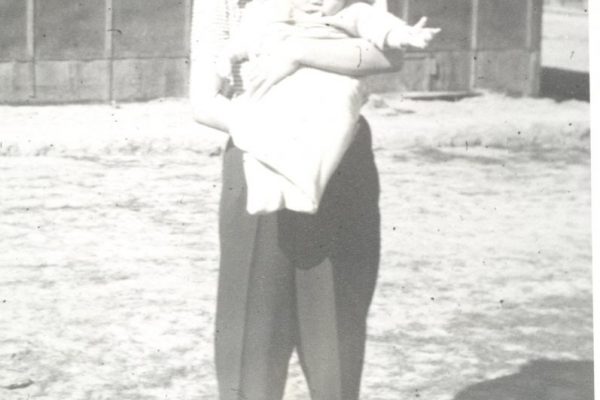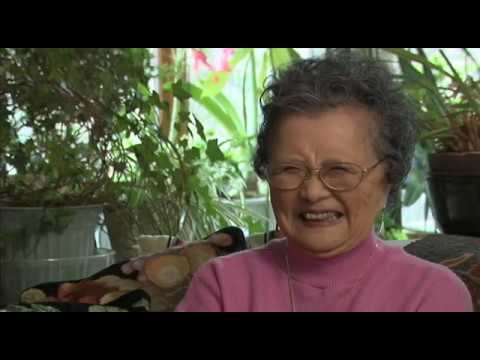New home, destroyed Japanese things – Kay Nakao (OH0018)
Transcript
When the war broke out, we were living in a farmhouse where the Ordway School is now. That used to be all Sakai farm. And so we built that house in 1936, so it wasn’t that old in 1942 when we evacuated. So it was kind of hard to part with our new home, your safe haven. So we just, I don’t know, we were heartbroken, but what can you say? It happened, we had to do what we had to do. So there were five girls and one brother, Mom and Dad, there were eight of us. Well, it was hard to believe that we all had to go, being American citizen. And at first we thought probably our parents would be going. And then the government decided “Jap is a Jap” so the citizens and everybody needed to go. So it was a heartbreaker to uproot and go where you didn’t even know where you were going. They never told us where we were going, if it’s gonna be hot or if it’s gonna be cold or anything, which sort of — I don’t know how the others felt, but I felt like I was kind of up in the air and I couldn’t come down on earth to get my feet on earth, to really feel sort of secure. I don’t know if that’s the word, right word to use, but you’re just left kinda dangling, wondering.
Because we felt we were American citizens, that we shouldn’t have to go, and in my mind, I was thinking, well, parents will go and we will have to run the farm. Then when the order came that we all had to go, then just forgot about everything and just got ready.
At that point we were so wrapped up in our own business of getting things settled, sold, stored, because we were ordered to leave. So we weren’t thinking about much else, at least I wasn’t. Because we had to get everything all sort of squared away. And for one thing, we were so busy destroying everything that was Japanese. We, my dad says, “Get rid of everything,” so we just burned things, buried things, broke things up, did everything to get rid of all the things that Grandma sent from Hiroshima, you know, for Boys’ Day and Girls’ Day they have all these nice things. And so we had a lot of things for five of us girls. But everything was completely destroyed. The only thing that was saved was my Japanese doll and a Japanese kimono that was stored in a trunk; fortunately they were in a trunk. But the other things were all around the house, so it was easy to get at and so they were all destroyed, which I feel very badly right now — I mean, now that they were all destroyed and we can no longer enjoy.
I hated to get rid of all the stuff that Grandma sent me, but then again, it was too Japanese, and so we just had to destroy them.





